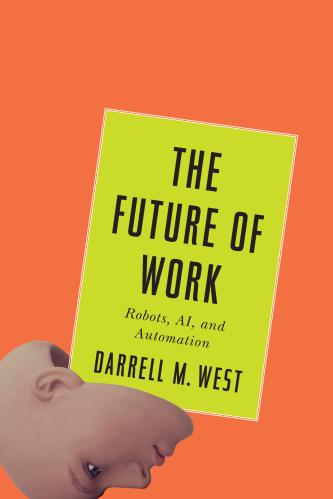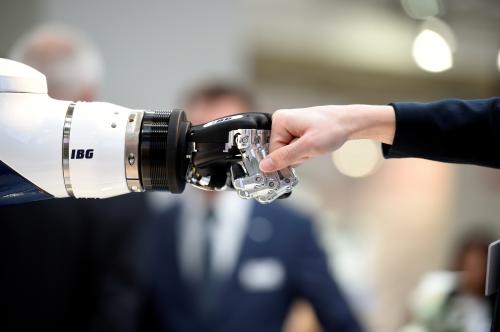Artificial intelligence provides a way to use automated software to perform a number of different tasks. Private industry, government, and universities have deployed it to manage routine requests and common administrative processes. Fields from finance and healthcare to retail and defense are witnessing a dramatic expansion in the use of these tools.
Yet non-profits often lack the financial resources or organizational capabilities to innovate through technology. Most non-profits struggle with small budgets and inadequate staffing, and they fall behind the cutting edge of new technologies. This limits their group’s efficiency and effectiveness, and makes it difficult to have the kind of impact they would like.
However, there is growing interest in artificial intelligence (AI), machine learning (ML), and data analytics in non-profit organizations. Below are some of the many examples of non-profits using emerging technologies to handle finance, human resources, communications, internal operations, and sustainability.
Finance
Fraud and corruption are major challenges for any kind of organization as it is hard to monitor every financial transaction and business contract. AI tools can help managers automatically detect actions that warrant additional investigation. Businesses long have used AI and ML to create early warning systems, spot abnormalities, and thereby minimize financial misconduct. These tools offer ways to combat fraud and detect unusual transactions.
Human Resources
Advanced software helps organizations advertise, screen, and hire promising staff members. Once managers have decided what qualities they are seeking, AI can match applicants with employers. Automated systems can pre-screen resumes, check for relevant experience and skills, and identify applicants who are best suited for particular organizations. They also can weed out those who lack the required skills or do not pass basic screening criteria.
Communications
Every non-profit faces challenges in terms of communications. In a rapidly-changing world, it is hard to keep in touch with outside donors, internal staff, and interested individuals. Chatbots automate conversations for commonly asked questions through text messaging. These tools can help with customer service and routine requests such as how to contribute money, address a budget question, or learn about upcoming programs. They represent an efficient and effective way to communicate with internal and external audiences.
Fighting Abusive Behavior
With digital communications tools readily available to everyone, online trolls can disrupt organizations and target particular individuals. To tackle this issue, Amnesty International has pioneered a machine learning and crowdsourcing tool that can spot “online abuse automatically” and enable organizations to remove it. The Troll Patrol can identify racist, sexist, or homophobic tweets, among other objectionable content and eliminate the abuse. This is particularly relevant for non-profits in an era of polarized rhetoric and hate speech.
Sustainability
Managing resources and promoting resiliency are crucial tasks for non-profit organizations. In an era when the climate is changing in discernible ways and extreme weather events are becoming more common, AI can help organizations and communities cope with ecological change. The Nature Conservancy is helping the Red Cross “create a dashboard and mobile app that incorporates social media data on flood location and magnitude with socioeconomic and ecological data for city planning”. By layering different kinds of information, these applications assist cities in their efforts to become more sustainability and handle disaster management.
Based on these examples, AI can enable non-profits to manage a broad range of activities. In conjunction with machine learning and data analytics, it is a way to control costs, handle internal operations, and automate routine tasks within the organization. Adoption of these tools can help groups with limited resources streamline internal operations and external communications and thereby improve the manner in which they function.









Commentary
Artificial intelligence in non-profit organizations
June 5, 2018